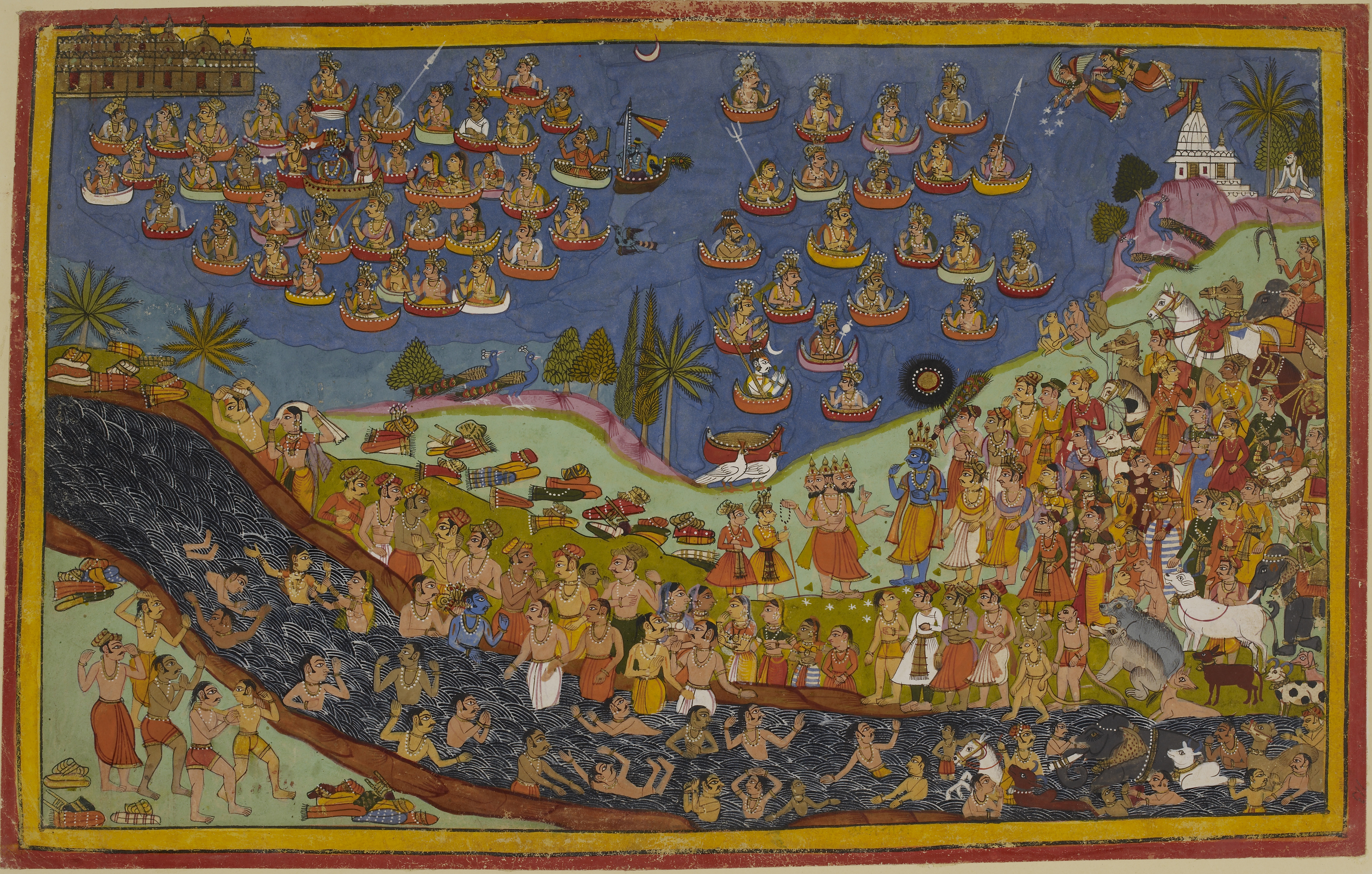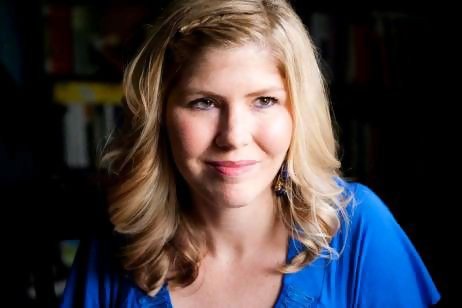The year is 1649, and the ruler of Mewar in southern Rajasthan is looking mournfully at his pitiful royal library, destroyed by the Mughal Empire.
Maharana Jagat Singh I, however, doesn’t wallow in misery. Instead, he commissions a lavish version of the seven-book Hindu epic Ramayana, filled with intricate illustrations telling the story of Prince Rama’s quest to rescue his wife, Sita, from the clutches of the demon king Ravana. This will be not only an act of devotion, but in Jagat Singh’s eyes, a family history, too. But he will never see the finished work. He dies in 1652, a year before his Ramayana is completed.
Still, Jagat Singh wasn’t alone in not being able to marvel at this telling of one of the most venerated and enthralling stories in all Asia. Nobody else has seen it together for more than 150 years either, the original folios ending up in the British Library, the CSMVS Museum in Mumbai, the Baroda Museum and Picture Gallery in Gujarat, the Rajasthan Oriental Research Institute in Jodhpur and a private collection, also in Mumbai. The chance to see the striking Ramayana – as Jagat Singh intended – seemed lost forever. Until now.
On March 21, a three-year project to “digitally reunite” the “Mewar Ramayana” online finally went live. It’s taken much longer than anyone imagined – The National was first invited to take a sneak peek 12 months ago – but the results are staggering. Each page has been digitally photographed, and it’s possible to flick through the books just as Jagat Singh’s contemporaries might have done.
Click here to see a slideshow of Ramayana
The woman responsible for bringing these disparate folios together is Marina Chellini, the curator of north Indian languages at the British Library. She’s more than aware of the power the Ramayana still has – she recalls with a smile the 1987 TV adaptation, so beloved of the Indian population that when its makers toyed with not filming the final book, Punjabi sanitation workers went on strike in protest. The series got made.
“This was a great journey of discovery for me … and a great challenge,” says Chellini. “It’s such a fantastic manuscript so what I was really keen to do was make sure this online version is as widely available and accessible as possible.”
Chellini walks us through her “labour of love”: the finished website. First, we pore over the original folios, marvelling at the detail of the hut that Sita and Rama’s brother Lakshmana build in the forest, or the toppling heads of the legendary king Ravana in the final battle.
“What makes this version of the Ramayana so special is that it’s the most heavily illustrated,” she explains. “There are more than 450 paintings in this manuscript, so Jagat Singh had three artists [one of whom, Sahibdin, was a Muslim] and every episode in the book has a pictorial representation. “The Sanskrit text was important, but it was there as an accompaniment – it was the paintings which told the story. So you don’t have to know any Sanskrit to enjoy the Ramayana.”
The digital Ramayana is much more than a lavish online picture book – Chellini has overseen clickable data, interpretive text and audio related to each page. She’s particularly happy with the English narration, performed by Sudha Bhuchar of Tamasha theatre company. “The Book of War, for example, is told with great fervour,” she says. “There are other places where the Ramayana is quite funny – for example, Lakshmana is hit by an arrow and asks the monkey Hanuman to go and find some magic herbs on the Himalayas. But Hanuman doesn’t know which herbs to take – so he rips off the whole mountain peak and is depicted carrying it back to Lakshmana! So I hope we’ve got across that this is a very rich, very human book. It’s a religious text, but there’s great fun to be had with it, too.
“Look at Hanuman here,” she points at the screen. “I love the way you can zoom right in to see him – you couldn’t even do that with a magnifying glass.”
Which is an apt analogy – this digital Ramayana is both a microscopic study for those who want to delve deep into the legend and a wonderful introduction to the epic for anyone else wondering what it’s all about. And while it wouldn’t have happened without help from the CSMVS Museum and funding from the Jamsetji Tata Trust, the World Collections Programme and Friends of the British Library, Chellini hopes going online isn’t the end of the story.
“It’s as complete as it can be for now, but we do know there are still some folios missing,” she admits. “It would be great if this website might help encourage other people to put forward their private collections. You see, these images are precious because they can be used with other versions of the story, all over the world. The Ramayana is endless, really, which is what makes it so fascinating.”
Browse the Ramayana at www.bl.uk/ramayana


